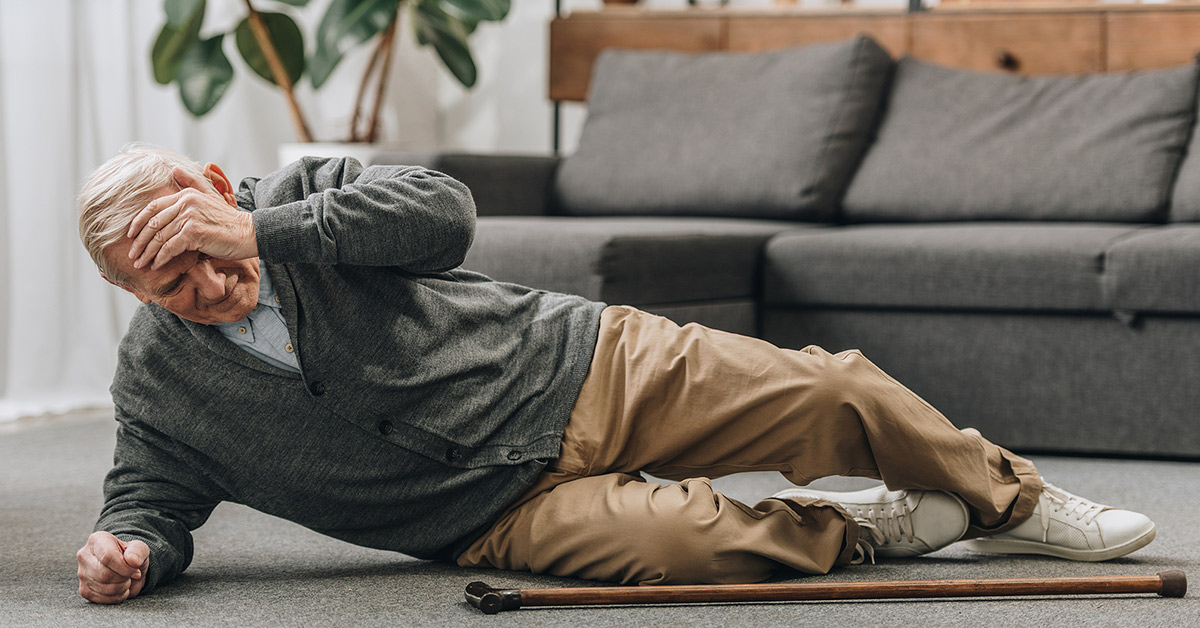As our loved ones age, ensuring their safety becomes a top priority. One of the growing concerns is the risk of falls, which can lead to serious injuries and health complications. Fortunately, technology offers a promising solution in the form of motion sensors for fall detection. These advanced devices not only help in monitoring movements but also play a crucial role in providing immediate assistance when needed.
Motion sensors for fall detection are an innovative approach to safeguarding our seniors. By integrating these devices into daily life, we can significantly reduce the risk and impact of falls. This article delves into how these sensors work, their benefits, and why they are becoming an essential part of senior care.

Understanding Fall Detection Technology
Fall detection technology has evolved over the years, incorporating various sensors and algorithms to accurately detect falls. These devices use a combination of accelerometers, gyroscopes, and even artificial intelligence to monitor motion patterns.
How Motion Sensors Work
Motion sensors detect changes in movement and orientation. When a sudden change is detected, such as a fall, the device triggers an alert. This alert can be sent to caregivers, family members, or emergency services, ensuring prompt assistance.
Types of Motion Sensors
- Wearable Sensors: These are typically integrated into devices like smartwatches. They provide real-time monitoring and can be worn comfortably throughout the day. Consider checking out daily checklist for smartwatches to find a suitable option.
- Non-Wearable Sensors: Installed in living spaces, these sensors can monitor an entire room. They are ideal for seniors who may not be comfortable with wearable devices.
Benefits of Motion Sensors for Seniors
The integration of motion sensors for fall detection in senior care offers numerous benefits:
Immediate Alert System
One of the primary advantages is the immediate alert system. In case of a fall, the sensor quickly sends an alert, reducing the time it takes to get help. This rapid response can be crucial in preventing further injury.
Peace of Mind for Family Members
Knowing that their loved ones are monitored provides peace of mind to family members. The ability to receive alerts and updates on their condition allows them to stay informed and involved in their care.
Encouraging Independence
With the safety net of fall detection technology, seniors can maintain a level of independence in their daily lives. They can move around their homes with confidence, knowing that help is just a signal away.
Choosing the Right Motion Sensor
When selecting a motion sensor for fall detection, several factors should be considered:
Comfort and Usability
The device should be comfortable and easy to use. Wearable sensors should not hinder daily activities or cause discomfort. For more information on comfortable options, you might want to read about comfortable smartwatches.
Reliability and Accuracy
Accuracy in fall detection is critical. The device should minimize false alarms while ensuring true falls are detected promptly.
Cost and Accessibility
While some advanced sensors can be expensive, there are budget-friendly options available. It’s important to find a solution that fits within your budget. Explore some affordable smartwatch options for seniors.
Implementing Fall Detection in Senior Care
Integrating motion sensors for fall detection into senior care involves more than just purchasing a device. It requires thoughtful planning and consideration of the senior’s lifestyle and preferences.
Assessing the Need
Before implementing a fall detection system, assess the senior’s risk of falling. Factors such as health conditions, medication, and physical ability should be considered.
Creating a Safe Environment
Enhance the senior’s living space to reduce fall risks. This can include removing obstacles, improving lighting, and installing supportive devices like handrails.
Training and Education
Ensure that both the senior and their caregivers are familiar with the operation of the motion sensor device. Training can help in maximizing the device’s effectiveness.
The Future of Fall Detection Technology
The field of fall detection technology is constantly evolving. Future advancements may include more sophisticated algorithms, integration with smart home systems, and enhanced AI capabilities. These innovations will further improve the accuracy and reliability of fall detection systems.
Integration with Smart Home Systems
As smart home technology advances, we can expect more seamless integration of fall detection systems with other smart devices. This can provide a holistic approach to senior safety.
Enhanced AI Capabilities
Artificial intelligence will play a significant role in improving fall detection. By learning individual movement patterns, AI can reduce false alarms and improve accuracy.
Conclusion
Motion sensors for fall detection represent a vital tool in enhancing the safety and well-being of seniors. By integrating this technology into their lives, we can provide them with the independence they desire while ensuring they are safe and secure. As technology continues to advance, the potential for even greater safety measures is on the horizon.

FAQs
What is the main benefit of motion sensors for fall detection?
The main benefit is the immediate alert system, which ensures that help can be quickly provided in case of a fall.
Are there budget-friendly options for motion sensors?
Yes, there are budget-friendly options available. You can explore affordable smartwatches that include fall detection features.
How accurate are fall detection devices?
Most fall detection devices are highly accurate, though it’s important to choose a reliable brand and model to minimize false alarms.
For more on fall prevention, you can visit the Royal Australian College of General Practitioners for additional insights.
This article contains affiliate links. We may earn a commission at no extra cost to you.

